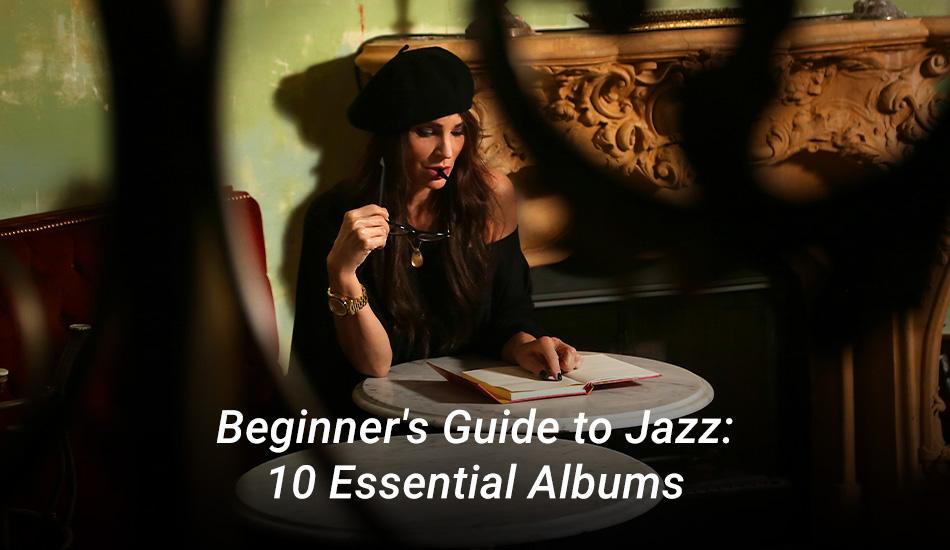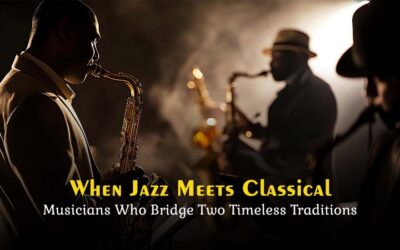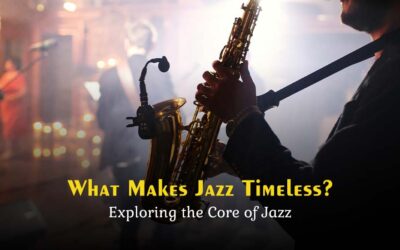The jazz genre is unlike any other genre. It can sometimes be polarizing, but once jazz lovers understand why it is so beloved, they will never look back. Listen to jazz records like on a journey with the musicians as guides. The following are the top 10 jazz albums:
Louis Armstrong: Satchmo – Symphony Hall (Decca, 1951)
Louis Armstrong’s career got a new lease on life when he performed with his All-Stars in the early 1950s. Satchmo: Live at Symphony Hall became one of the greatest jazz albums ever. Louis Armstrong and the all-star band played several sets at Symphony Hall that evening, resulting in a two-LP set that Decca released in 1951.
Billie Holiday: Billie Holiday Sings (Clef, 1952)
Born in Baltimore, Billie Holiday made jazz famous through her languid voice. In 1952, Clef Records released the jazz singer Billie Holiday’s 10-inch LP album Billie Holiday Sings, her first album released by the label. Clef Records released two albums separately in 1952 and 1953, seven years before Holiday’s death. The first album, Billie Holiday Sings, was released in 1952, followed by an evening with Billie Holiday in 1953.
The Quintet: Jazz At Massey Hall
A modern jazz super group called The Quintet was formed on May 15, 1953, specifically for a one-off concert at Toronto’s Massey Hall. This concert was later released as a double-live album called The Greatest Jazz Concert Ever. The musicians performing at Jazz at Massey Hall were regarded as foremost instrumental innovators in the bebop movement at the time of this concert.
Count Basie Orchestra: April In Paris (Verve, 1957)
The singer was born in Red Bank, New Jersey, but like Duke Ellington, he adopted aristocratic titles for his stage names and played an essential role in the swing big bands of the 1930s. In April In Paris, one of the best recordings by the Basie band, the band is distinguished by its swagger, verve, finesse, and power.
John Coltrane: Blue Train (Blue Note, 1958)
Blue Train is the essential recording that established Coltrane’s sound as his own. While it is not the preferred recording, it is an excellent place to begin an exploration of Coltrane. The saxophonist’s journey from a bar-walking blues player to a jazz pathfinder was miraculous. After quitting his drug addiction forever, Blue Train was his first truly great album.
Cannonball Adderley: Somethin’ Else (Blue Note, 1958)
Cannonball Adderley was one of his generation’s top saxophonists; this is his best record, and Miles Davis played an essential supporting role. It is an essential recording for any Blue Note music collection. This LP is essential for any jazz lover, featuring Adderley, Davis, and Art Blakely on drums. However, he found his unique voice on his instrument, as this 1958 Blue Note album illustrates.
Chet Baker: Chet (Riverside, 1959)
In 1959, jazz trumpeter Chet Baker released Chet. Sometimes it is referred to as The Lyrical Trumpet of Chet Baker. Chet Baker recorded tracks for Riverside Profiles in the late ’50s as a trumpeter. These recordings compare to Baker’s legendary Pacific Jazz recordings. Riverside Profiles is an excellent introduction to this part of Baker’s career, even if most Baker fans already have the whole album.
Miles Davis: Kind Of Blue (Columbia, 1959)
Some of the best albums are judged by their music. Other times, we look at sales figures. If a listener searches for the best jazz albums list, it is hard to find one that does not include Kind of Blue at the top. There are many reasons why Miles Davis is regarded as the king of jazz.
The modal jazz style was invented by Davis, who broke the mold by opting for a more relaxed approach that established an entire subgenre.
Jimmy Smith: Back At The Chicken Shack
Jimmy Smith released Back at the Chicken Shack on the Blue Note label in 1963. The album was recorded in the same session, As seen in his previous album Midnight Special. Blue Note’s 1960 album Back At The Chicken Shack is listed among the 1001 albums everyone should hear before they die. The title track features a long, lazy blues featuring tenor saxophonist Stanley Turrentine, guitarist Kenny Burrell, and drummer Donald Bailey.
Herbie Hancock: Maiden Voyage (Blue Note, 1965)
Herbie Hancock’s fifth album, Maiden Voyage, was released by Blue Note Records on March 17, 1965. Initially released by Blue Note Records on March 17, 1965, Maiden Voyage is Herbie Hancock’s fifth album. The album aims to create a sense of oceanic harmony with Hancock, Coleman, Hubbard, Carter, and Williams. In 1999, the album was placed into the Grammy Hall of Fame.
Final words
Here is a great way to explore the genre through the best recording album for beginners. Jazz often has more space in the music than rock, hip-hop, or electronica. Many talented people are working in the field of music, according to Sylvia Brooks, the best female jazz vocalist today. Jazz is one of the essential American art forms, and it is vital to keep those great voices alive both now and in the future.




